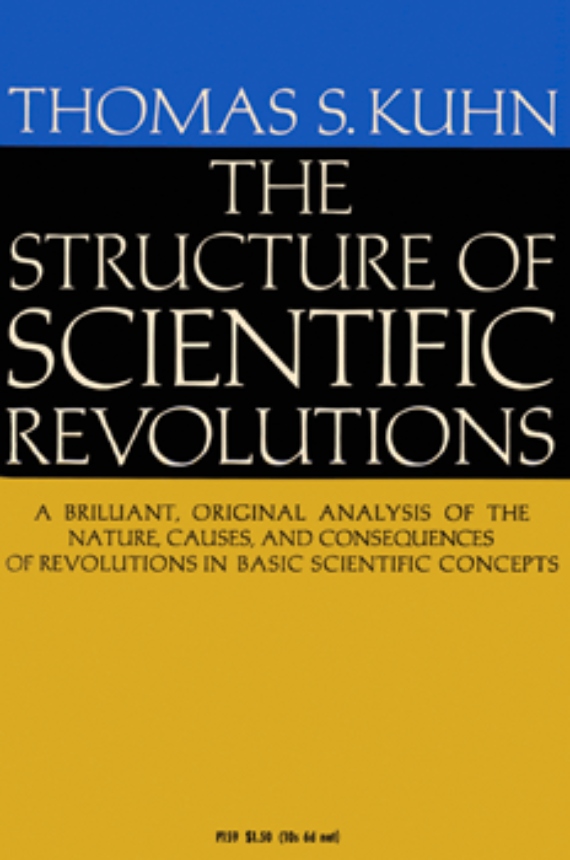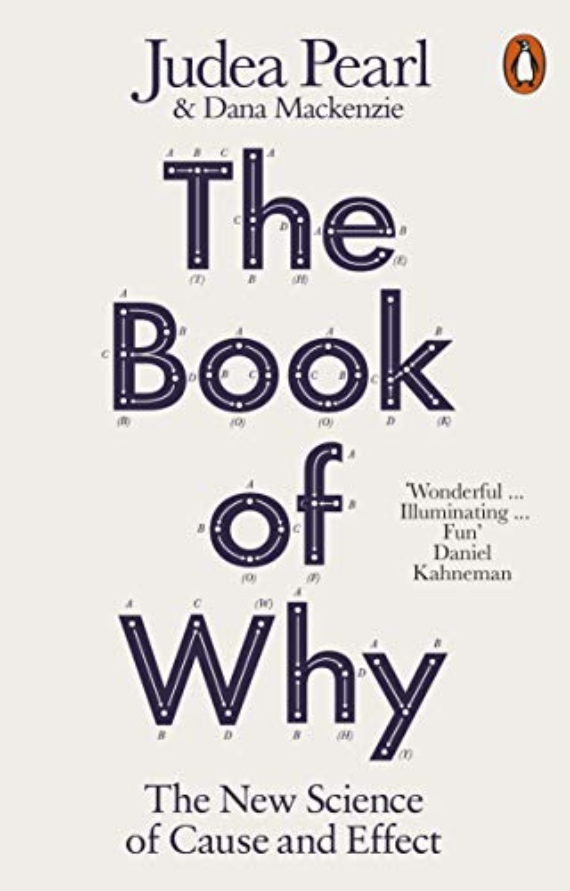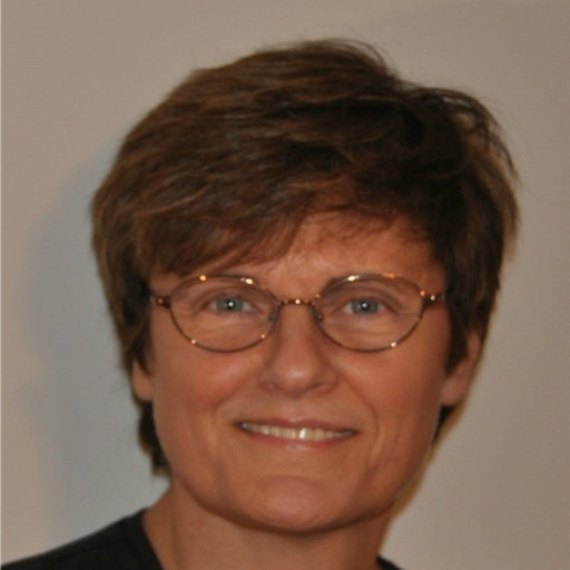Shortly after the year 2020 began, our lives were no longer a mere copy of previous years, but there was a common thread that dominated them, marked by a series of constant habits and patterns. Children played inside and outside of the classroom, and in many cases even crowded together, some more enthusiastic and others lagging behind. There was room for everyone, even for dirty hands, as compulsively washing them could be considered a symptom of some kind of obsessive compulsive disorder (OCD). That was the norm. At the time, the highly acclaimed, widespread jargon of “social distance” was not even needed. And no one knew about the different types of masks that currently cover most of our face and invite us to communicate through body language, especially visual contact.

But if we look again at our hands in the new normal established by COVID-19, the way we use them has changed – for some permanently and completely. Specifically, the hands that have been worn down over the years, from the accumulated experience they hold. They are currently known as the “population at risk” as they are the group that is most vulnerable to coronavirus. Many of them have missed out on the card games in their homes, visits from family members and close friends. In fact, many of those who have departed with this pandemic have been our elderly and they did so without being able to give their final farewell with a hand squeeze.
PARADIGM SHIFT: A PSYCHOLOGICAL AND SOCIOLOGICAL NEED
Without further ado, the COVID-19 pandemic is here to stay. We are all anxiously waiting to put an end to this sort of nightmare – a fiction story with apocalyptic tones. And this end will come sooner or later because if there is anything we can be practically sure of it’s that nothing lasts forever. However, let’s not be naive. The return to what is considered normal life will be far from what normal used to be.
The disruptive effects of the first wave, or the way the pandemic is currently affecting the daily routines of people in most countries of the world, marks a turning point in history. To deny this would be to oppose the obvious. The way in which we were understanding, isolating the phenomena, making decisions or trying to mundanely understand what is known as reality was not appropriate for the present.
Thus, this health crisis has rapidly immersed us in a “paradigm shift”, just as the physicist and philosopher Thomas Kuhn reflected in his book, The Structure of Scientific Revolutions (Thomas Kuhn, 1962).
In this book, whose thoughts remain valid in some way, Kuhn writes that science does not gradually evolve toward the truth, and also attacks the idea that the development of the truth occurs in a linear manner. In other words, due to the accumulation of facts, regardless of the changes that take place in both the theory and in the phenomena to which it attempts to respond. For Kuhn, once the so-called crisis has occurred, the recovery would be based on the emergence of new theories and models that attempt to put an end to existing inconsistencies. This would shape what the physicist and philosopher calls a new paradigm to explain reality. What is interesting about Kuhn’s thoughts is that as he says in his book: “ “The reason for the election of a new paradigm is not the result of any logically compelling justification. Instead, it has to do with psychological and sociological reasons.”

In fact, at least for the moment, we are not dealing with a paradigm shift based on prophecies and other predictions that have been made and point to artificial intelligence systems replacing humans. Instead, it could be said that the paradigm shift is based on our comprehension of what is most basic, perhaps what is most human, which is the way we understand and interact with physical nature, and how we adapt to it in order to continue perpetuating the existence of our species.
THE HISTORY OF A FAILURE: THE MECHANISTIC MODEL TO EXPLAIN REALITY
One way to be able to explain how we have reached this health crisis has to do with the traditional concept, and the production of science from the classic paradigm approach, or the Cartesian-Newtonian approach. Although it is not the only one that exists, it seems to be the strongest to date in multiple fields of knowledge.
The easiest way to understand this model of reality is the metaphor used by the physicist and chemist IIya Prigogine and the philosopher Isabelle Stengers in their book Order Out of Chaos. It says the following: “In classical science it was a world in which chance played no part, in which all the pieces came together like cogs in a cosmic machine.” This traditional way of understanding and producing science tends to emphasize stability, order, uniformity and balance. However, if we want to improve our decision-making abilities and avoid events on the scale of coronavirus, we should start from an understanding of reality, science, and of course, also of societies in terms of disorder, instability, diversity, imbalance and non-linear relations.
This view of reality also fits with the computer scientist and philosopher Judea Pearl’s mention of the anthropologists N.Harari and S. Mithen in his book The Book of Why: The New Science of Cause and Effect. Both agree that the decisive ingredient that gave our Homo Sapiens ancestors the ability to achieve global dominance 40,000 years ago was their ability to choreograph a mental representation of their environment, interrogate that internal image, distort it through mental acts of imagination and finally, answer questions like, “What if?” This does not only refer to observing the observable, but to imagining what is rationally possible, as the neuroscientist Ruth Byrnes writes in her book: The Rational Imagination.

Hasn’t research made the coronavirus vaccine possible – that mental exercise that both anthropologists and the neuroscientist Ruth Byrne discussed? And if so, what relationship does it have with our comprehension or perception of human intelligence?
THE VACCINE AGAINST THE VIRUS: IMAGINATION TO SERVE SOCIETY
“The ability to solve problems to adapt to the environment in an efficient manner” is a simple, but direct way of defining intelligence. In order to put a stop to the pandemic caused by COVID-19, the use of certain cognitive skills, or in other words, certain intelligent behaviors, is required.
However, it is of little use to talk about intelligence in such an abstract manner. It is better to personalize it with a real story. This story is one of over forty years of work researching messenger RNA, which has now become the trump card in the fight against coronavirus in the entire world. The story continues with these statements from the researcher behind this discovery: “I could never have imagined the spotlight on this technology. I have not prepared for the limelight.”
When intuition becomes a way of life, spending years in the darkness doesn’t matter. This is not referring to a dark room, but to being unknown and even rejected in many different ways by the scientific community to which she belongs. This is the life story of Katalin Karikó, the biochemist behind the vaccines against COVID-19 from the Pfizer/BioNTech and Moderna laboratories. And it is part of the long list of fascinating examples of researchers who have a vision in mind what accompanies their work, day in and day out, in which perseverance, confidence and even blind, obsessive belief takes precedence. From this impetus, in Katalin’s case, a revolution was able to re-emerge that will change the way many diseases will be treated, beyond simply bringing a new stage to the world following months of limitations and obstacles caused by the pandemic, or at least that is our hope.

However, Katalin’s journey to this point has not been easy. In the 1980s, when all the funding and work was focused on DNA, which was seen as being capable of transforming cells to cure pathologies like cancer, the Hungarian biochemist did not stop researching RNA. In the year 1995, after recently recovering from cancer and following five years working on a project that no one wanted to fund, she lost a lot of her credibility. For a researcher and university professor, it is basically the beginning of the end in terms of their academic career.
But who would have said that the origins of the COVID-19 vaccine would emerge just two years later. It was specifically in 1997 as the result of a fortuitous encounter at a photocopy machine with the immunologist Drew Weissman, one of the researchers for the HIV vaccine, which led to joint research focused on developing a solution that would allow the immune system to not recognize synthetic RNA. Now, both researchers are increasingly close to receiving a Nobel Prize for their discoveries, with good reason.
However, although the vaccine offers a high level of safety, guaranteeing it 100 percent is not the most appropriate course, just as single solutions to complex situations like the current pandemic are also not appropriate. Therefore, space should be left for this “rational imagination”, considered one of the powerful ingredients in human intelligence.
Because if we continue repeating and paraphrasing what has been done, what has already been written, or just stay on the surface of what can be observed, we run the risk of falling into what the social psychologist Daniel Kahneman writes in his book Thinking, Fast and Slow about the way our mind works: “We can be blind to the obvious, and we are also blind to our blindness.” It is in our hands to take this leap and make it what is normal, which for now, would be more intelligent human behaviour, as it is also still far from the cognitive capacities of artificial intelligence systems.
Comments on this publication